Best companion plants for garlic: herbs, flowers and veg to grow next to garlic
By adding the best companion plants for garlic to your vegetable plot you can help boost the yield and flavor of your garlic crops
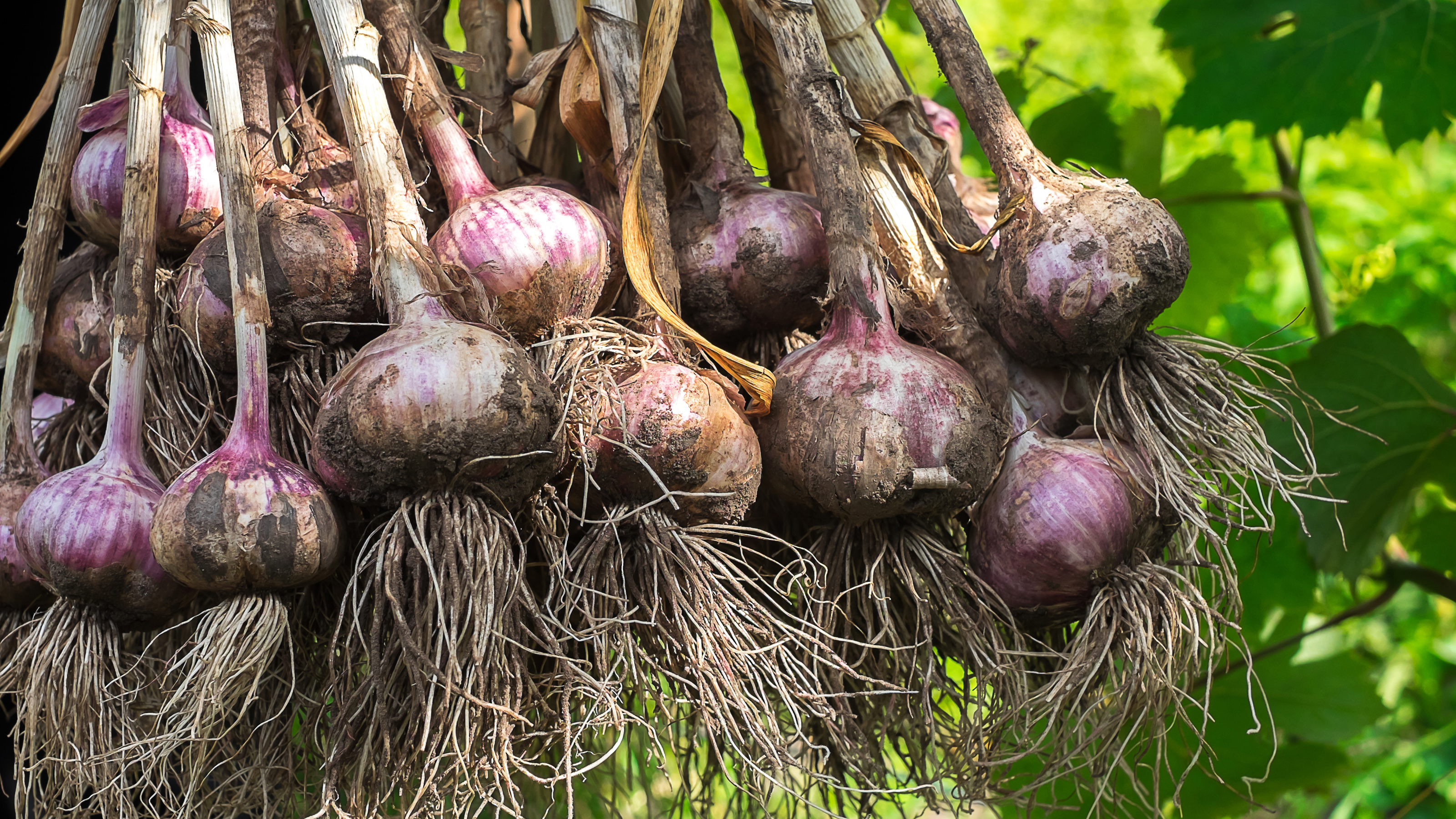

Using companion plants for garlic is one of the easiest and most effective things you can do in the garden or the vegetable patch. It will potentially giving you increased yields of home-grown garlic, extra-flavorsome crops and a reduction in pests and diseases – all without using a single garden chemical!
Most plants will share their space happily with others. But if you choose exactly the right companions, the two crops can bring important benefits to each other. Many companion plants for garlic will draw in pollinating insects, for example, ensuring that you get good harvests from both crops. One may keep pests away with its strong scent, while another might emit chemicals into the soil that will help both crops to thrive. Others can be used as ‘sacrificial’ plants, meaning that pests will be drawn to them and away from other, more important, crops.
There are some useful side benefits to companion planting too – for example, when they’re planted at the same time, a quick-growing crop can serve as a ‘marker’ for slower-growing plants. It’s often difficult to tell exactly where rows are while you’re waiting for the first shoots to appear, so having marker rows can be invaluable.
Why should you use companion plants for garlic?
There are so many ways that garlic can benefit other plants when it’s grown near to them – and so many plants that, conversely, will benefit the garlic itself – that it’s a shame it’s often kept on its own in raised garden beds.
‘Intercropping’ is a better way to grow it – that’s the name given to planting different species of together in a bed, mimicking the way plants grow in a natural ecosystem. Garlic is one of the easiest plants to incorporate into an intercropping system, not least because it takes up very little space: just a bulb underground and a tall, narrow furl of leaves above the soil.
The biggest benefit of using garlic as a companion plant is that it releases volatile oils into the air – and the powerful smell of these oils naturally deters many common garden pests. Not only that, garlic bulbs create a build-up of sulphur in the soil, and that acts a natural fungicide which nearby plants can then absorb through their roots, reducing the likelihood of them being affected by fungal infections.
Recent studies have shown that garlic helps to invigorate the soil too, making it easier for its companions – and for subsequent crops – to thrive. So if you're learning how to grow garlic, make sure you consider the best companion plants for garlic to grow alongside it.

Best herb companion plants for garlic
Rows of herbs interspersed with rows of garlic not only look great, but their proximity to each other will often improve both crops too. So it's worth having a planting plan that pairs garlic with one or more of the following herbs.
1. Dill
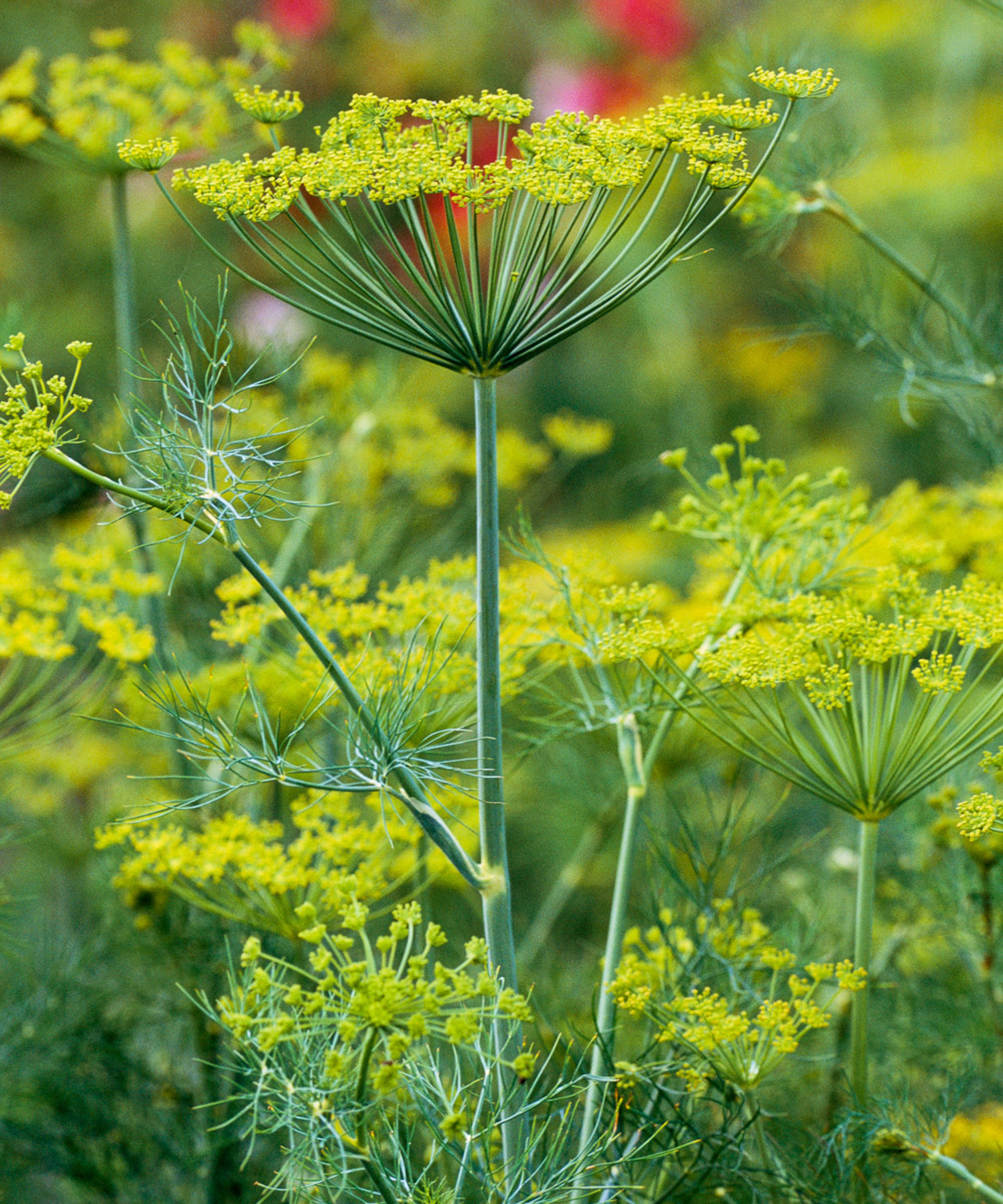
Learning how to grow dill? Well if you grow it alongside garlic, while the garlic is busy repelling the aphids that attack dill, the dill itself will be helping to enhance the flavor of the garlic bulbs.
One note of caution, though: dill has a very sensitive root system, so plant the two crops in rows far enough apart that the garlic can be pulled up at harvest time without disturbing its companion.
2. Chamomile
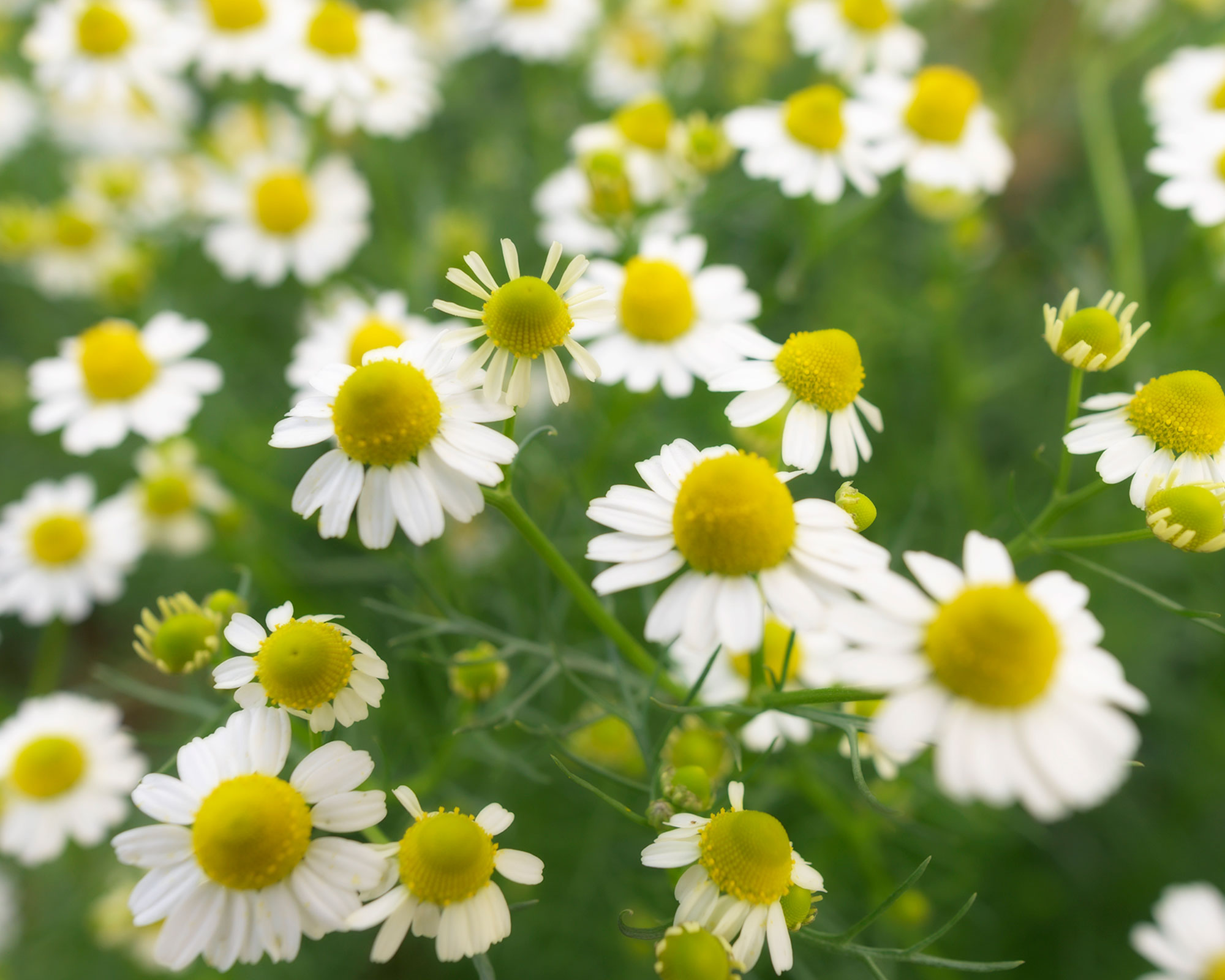
This is another herb with a strong scent that repels pests while at the same time improving the flavor of the garlic bulbs. Put chamomile and dill together in a planting bed and you can more or less forget about them, as neither need much attention during the growing season so long as the soil is kept fairly moist and weed-free.
If you struggle with weeds in your plot, our guide on how to get rid of weeds has plenty of tips to help you keep them in check.
3. Rue

A great herb for keeping onion flies at bay, reducing the likelihood that their newly hatched maggots will tunnel into the garlic bulbs and ruin them. It’s the strong smell of the rue (even stronger, if you’re an onion fly, than the garlic itself!) that helps to repel the flies.
Best flower companion plants for garlic
Garlic brings so many benefits to other plants nearby that there’s an argument for taking the idea of intercropping – growing two or more species together – one stage further and planting garlic out in flowerbeds rather than confining it to the veg patch. Just be sure to prevent its companions crowding or shading it too much. These all make great companion plants for garlic.
1. Roses
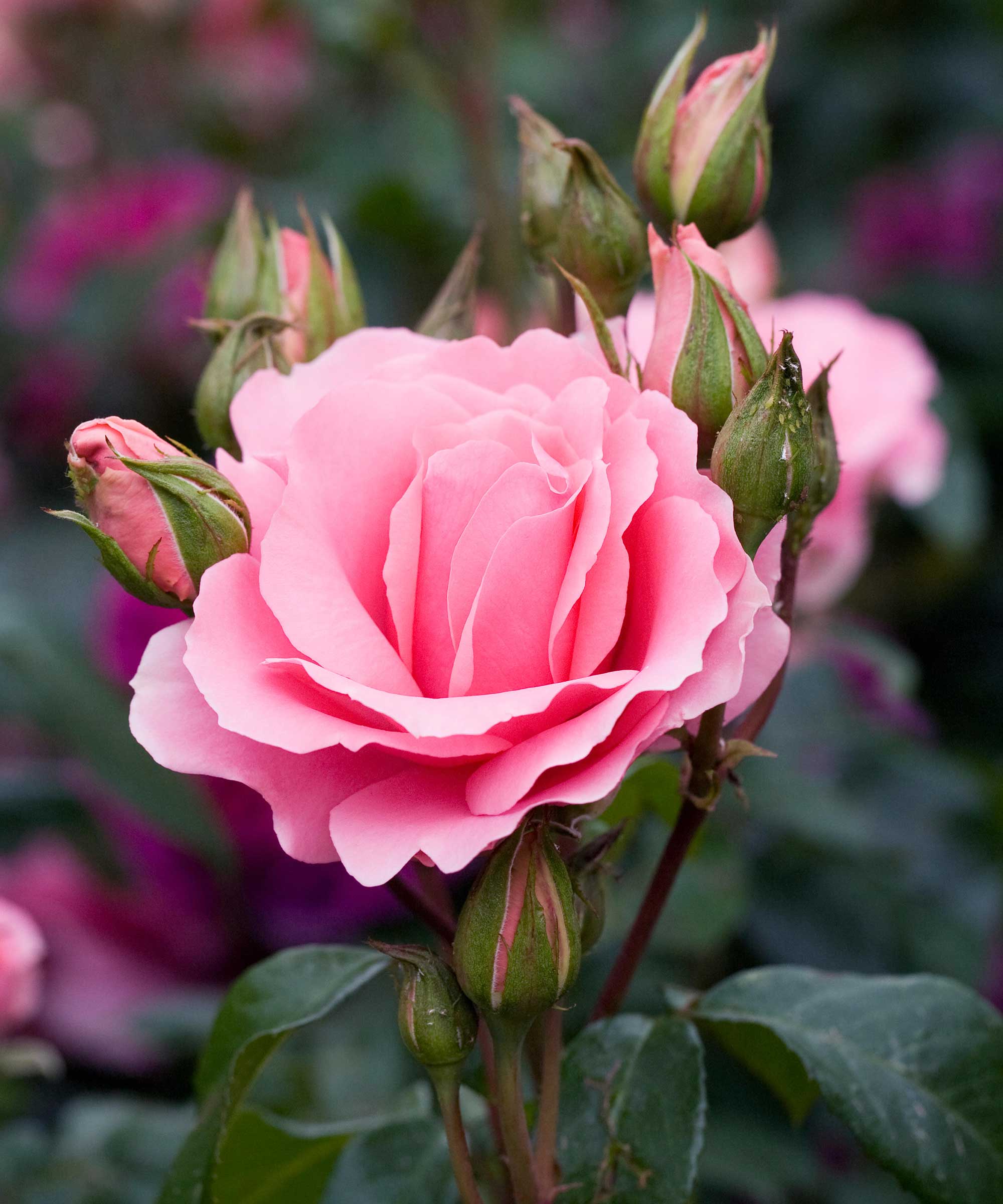
A great tip if you're learning how to grow roses is to plant three to four cloves in a circle around each rose bush as the sulphur in the garlic will disperse into the soil and will then be taken up by the rose. Aphids will detect this in the foliage and will be far less likely to want to launch an attack. It's certainly a good one to try if you've struggled with how to get rid of aphids from your roses in the past.
What’s more, the garlic’s natural fungicidal properties mean that unsightly rose black spot is far less likely to occur too.
2. Nasturtiums

In return for being able to use the garlic stems for support as they climb and scramble, nasturtiums will help to suppress weed growth – which means the garlic bulbs will be able to grow bigger and fatter with no competition from the weeds for water and nutrients.
Better yet, many of the pests that attack garlic will lay their eggs on the underside of the nasturtium leaves, making them easy to spot. They can then easily be destroyed before they do any damage.
Nasturtiums are brilliant companion plants for tomatoes and companion plants for potatoes if you're also growing those crops.
Best fruit and vegetable companion plants for garlic
Recent research has shown that certain fruit and vegetable plants make excellent companion plants for garlic. These are the best combinations to try:
1. Spinach
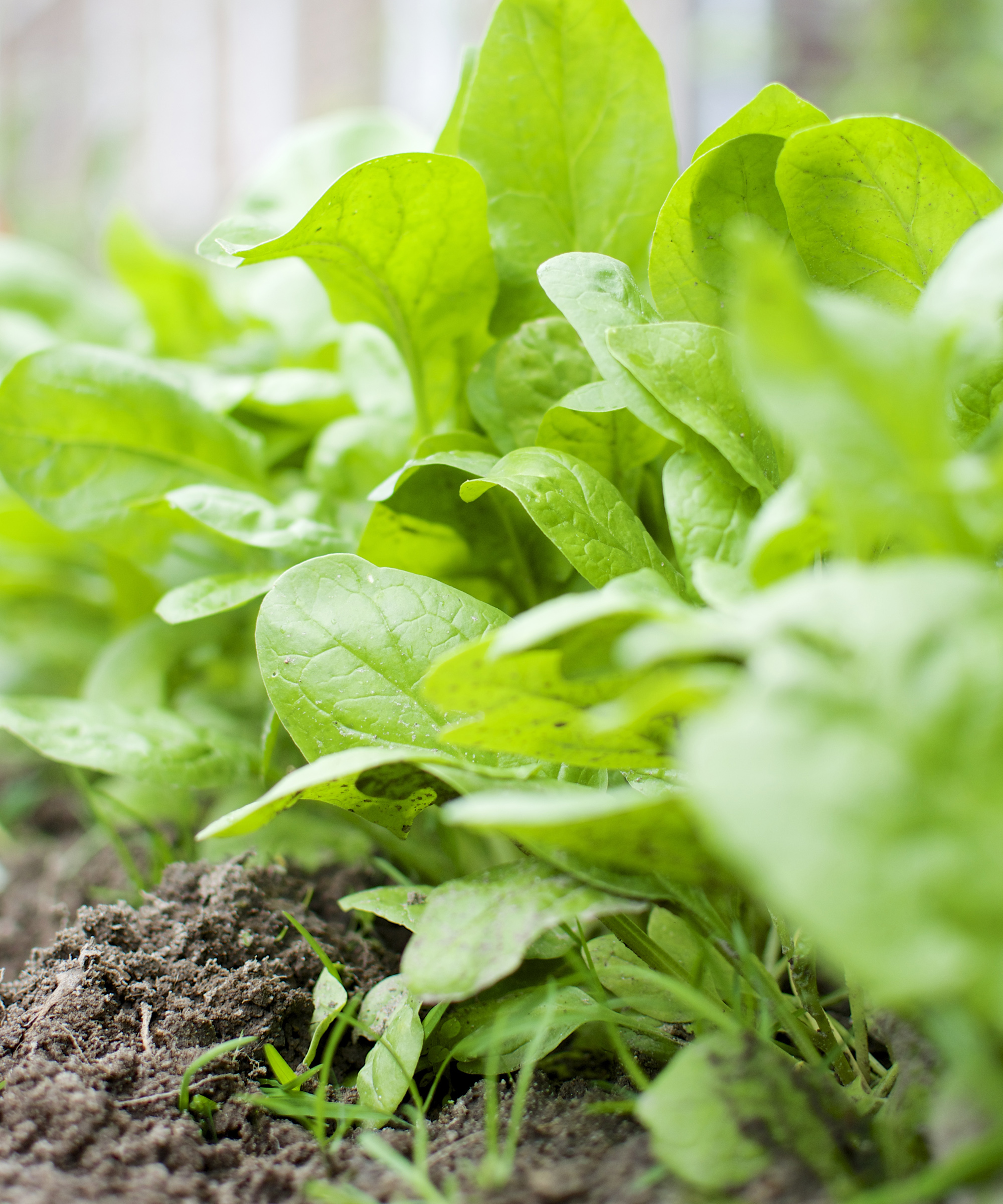
In early spring, plant baby spinach plugs between double rows of garlic and you’ll find that their low-growing leaves will quickly grow large enough to suppress weeds around both crops. Happily, the leaves will reach full size during the most active part of the garlic’s growing season, just when it needs as little competition from weeds as possible. So you’ll get a plentiful supply of large garlic bulbs – and armfuls of spinach to boot.
There's plenty of tips on how to grow spinach in our expert guide.
2. Peppers

Research has recently been carried out in China with triple rows of garlic planted in autumn. The middle row was then harvested in early summer as ‘green garlic’ (to be used immediately rather than stored), and peppers were planted in the resulting space. The research showed that garlic helped protect the young peppers from pests and predators, and that it was ready to harvest just as the peppers started to need more growing space. The researchers also suggest that following the same method with aubergines would give equally successful results.
You'll find more of the best companion plants for peppers in our guide.
3. Strawberries
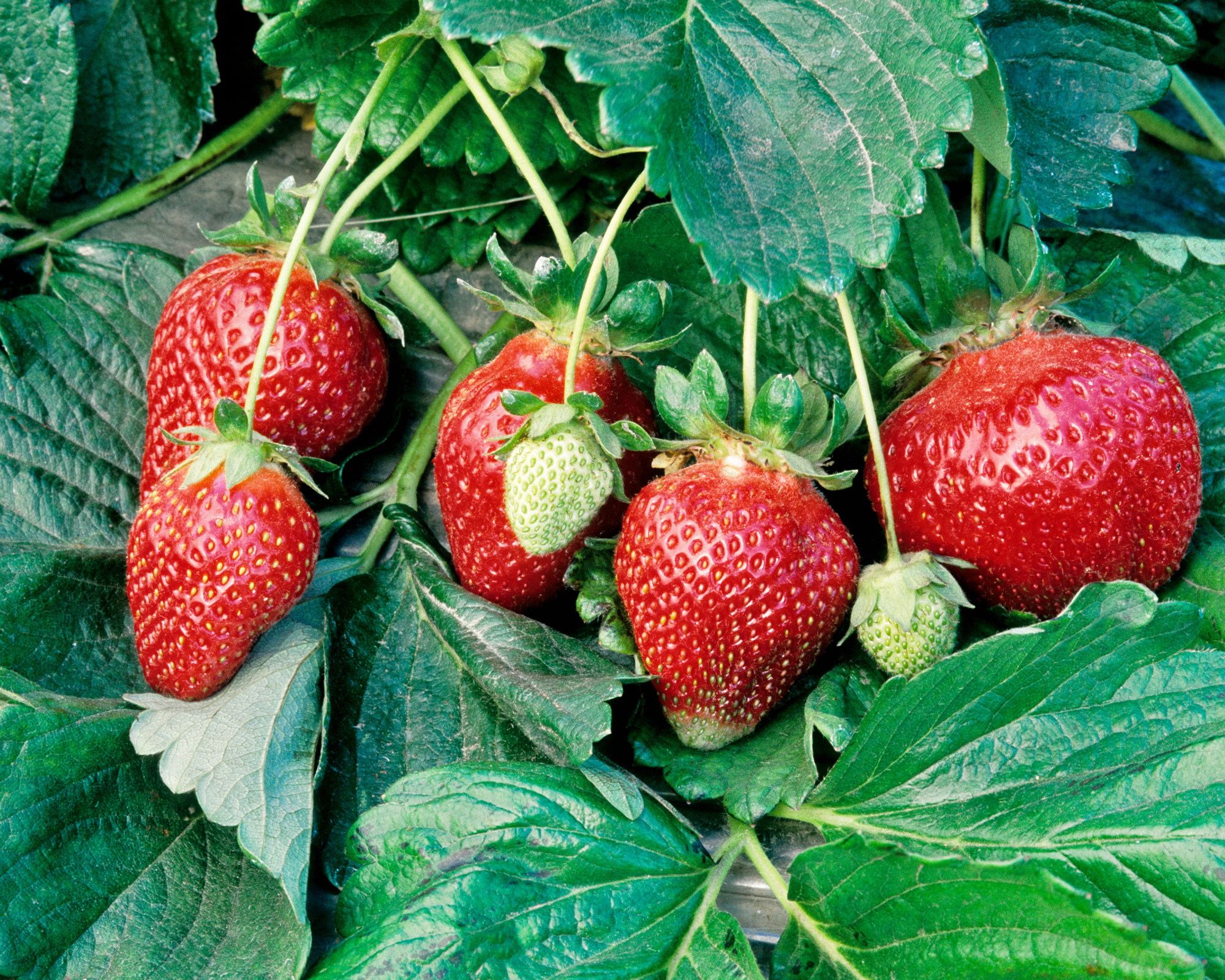
Some people claim that garlic reduces the yield of strawberries when the two are planted together but, on the flip side, new evidence shows that growing strawberries and garlic in alternating rows, or garlic in a widely spaced double row with strawberries in the middle, can reduce the occurrence of red spider mite, a common strawberry pest, by up to 65 per cent. This won’t be news to gardeners in Russia, who have been combining the two for years with good results, so it's definitely a combination to consider if you're learning how to grow strawberries.
4. Fruit trees
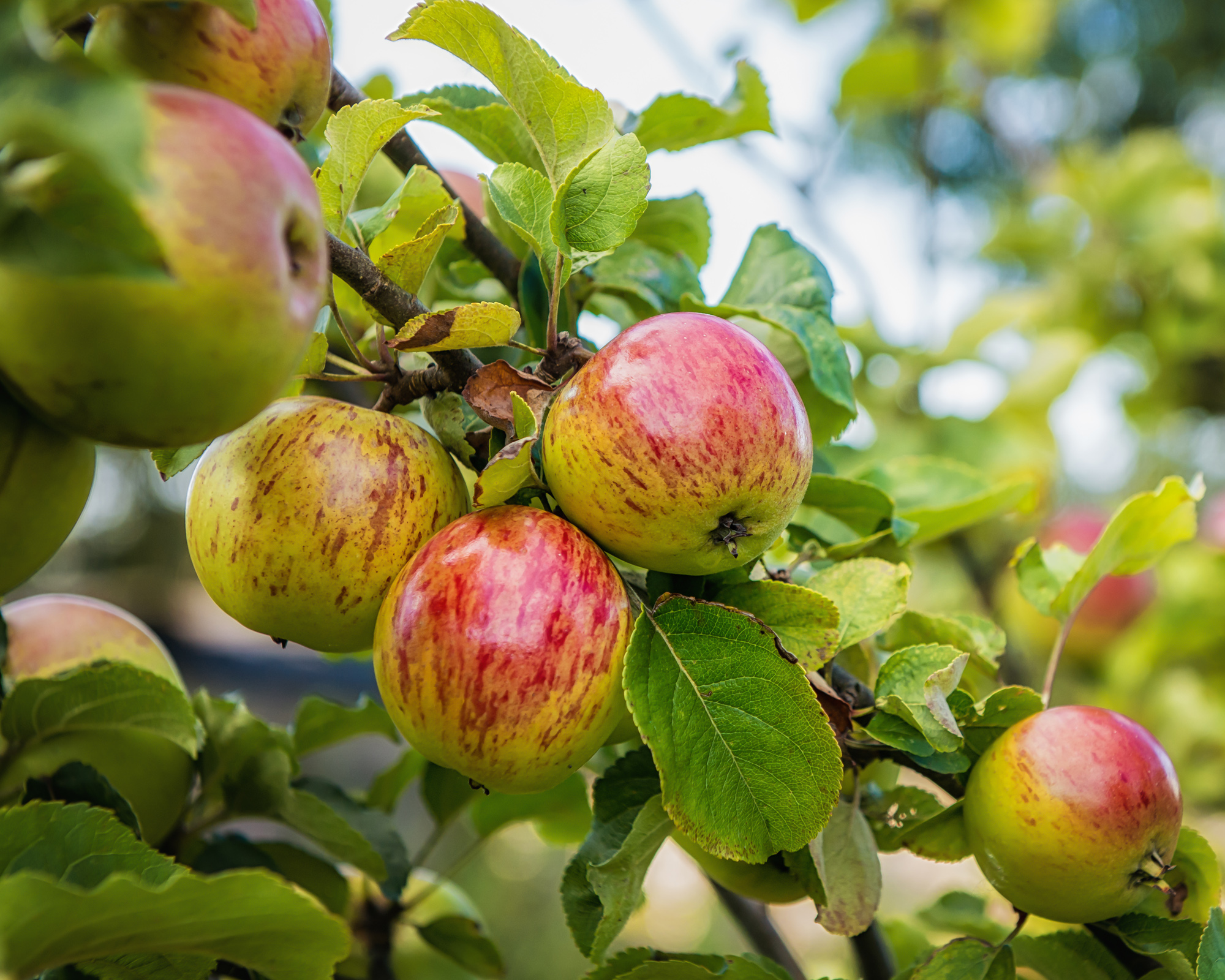
Fruit trees can suffer badly from fungal infections. But if you plant a circle of garlic bulbs around the base of a fruit tree each year, you may well find that annual infections lessen or disappear altogether. That’s because the sulphur the garlic produces – a natural fungicide – will be absorbed by the tree’s roots.
Garlic is especially good at protecting apple trees from apple scab and peach trees from developing leaf curl, but it makes a good companion to all fruit trees.
5. Potatoes
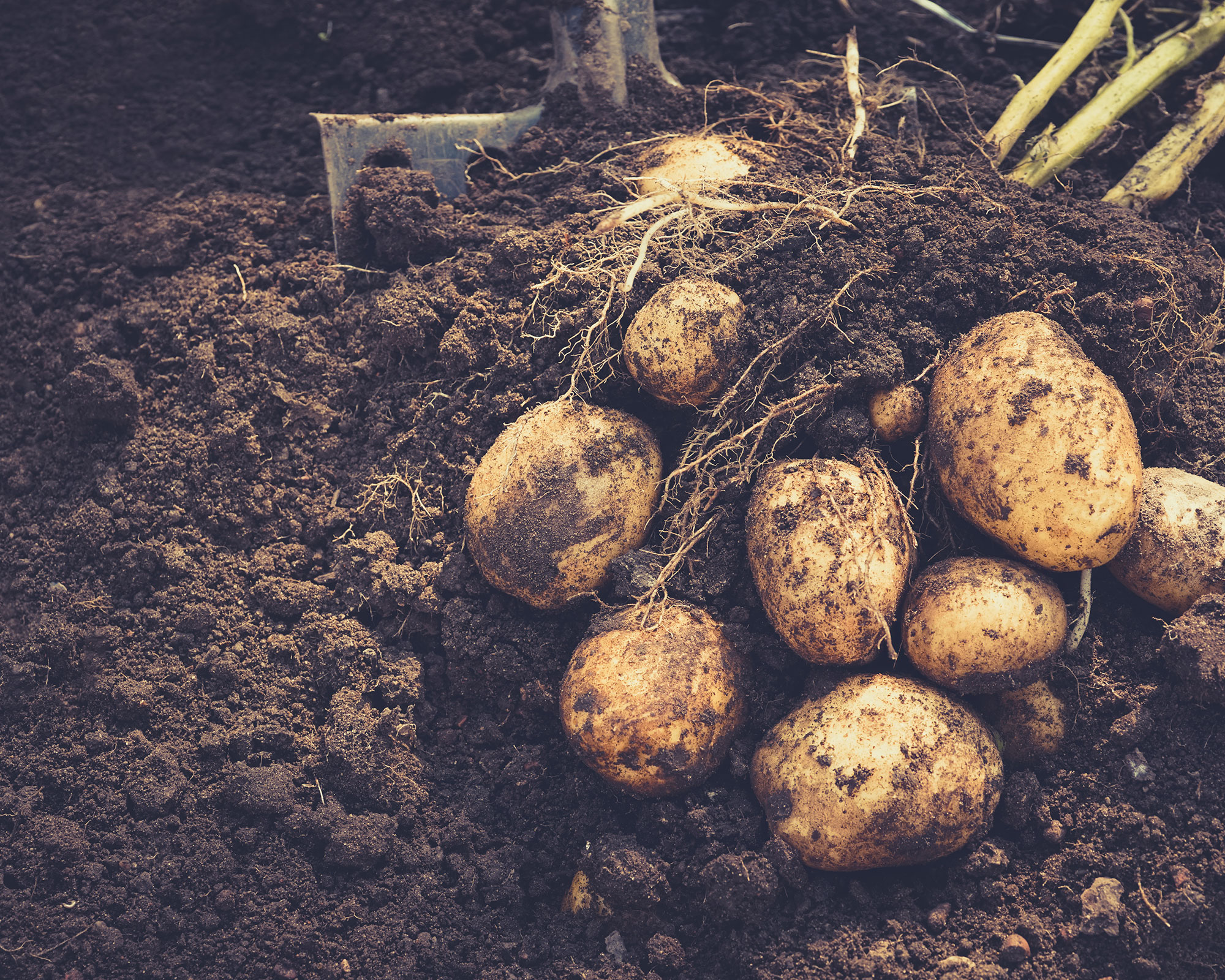
If you've been reading up on how to grow potatoes, you'll also want to know that intercropping potatoes and garlic has two great benefits. Garlic has been found to reduce potato blight even more effectively than using fungicides, and the strong smell of garlic will also deter or confuse pests that prey on potatoes. So planting it in a circle around potato mounds is definitely worthwhile.
What not to plant with garlic
While lots of plants will grow very happily in the vicinity of garlic, some should definitely be kept well away. Here are the ones to avoid when choosing companion plants for garlic:
- Beans All beans, including broad beans, French beans, and runner beans, will suffer if planted near garlic, as their growth (and consequently their productivity) will be badly affected. But in fact the two crops can still help each other out in a different way – if you plant garlic where beans have been growing the previous season, the garlic will benefit from the nitrogen left behind by the beans.
- Asparagus Another crop that will be stunted by garlic grown nearby, asparagus may also contaminate the flavor of the garlic. As if that wasn’t bad enough, the delicate roots of the asparagus can be easily damaged when garlic is harvested. So all in all, if you're learning how to grow asparagus then it’s best to keep them well apart from each other.
- Other alliums Garlic is a member of the allium family and should not be planted alongside any other members of the same family (including onions and leeks) as this may encourage onion maggots - not something you want in your kitchen garden ideas if it can be avoided.

Sarah is a freelance journalist and is lucky to be able to write about her two main passions: gardening and food. She recently took on an allotment too, and is really loving growing all her own fruit and veg then bringing it home to try out in new recipes for her food and gardening blog, A Cook's Plot.
